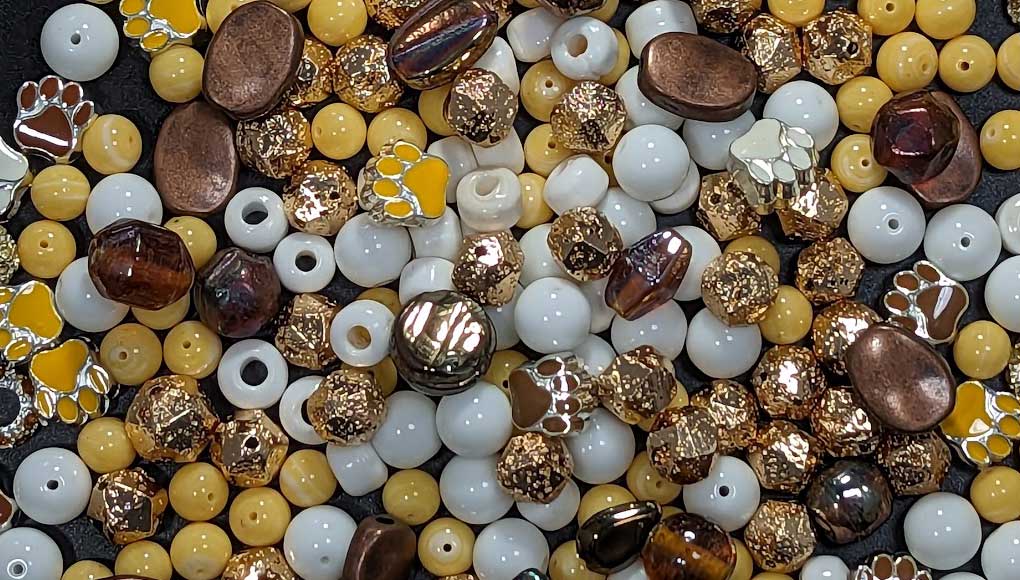
As the temperatures rise and nature comes alive, our pets are just as excited as we are to explore the outdoors. But with the return of blooming flowers and lush greenery comes a hidden danger: toxic plants for pets. Many standard spring and summer flowers and shrubs can be poisonous to dogs and cats, causing anything from mild digestive issues to serious health risks. In this guide, part of National Responsible Pet Guardian Month, we’ll walk you through the most common poisonous plants for pets, symptoms of poisoning, and how to create a safe, pet-friendly garden your furry companions can enjoy.
🌺 1. Azaleas and Rhododendrons: Beautiful but Dangerous for Pets
Azaleas and rhododendrons are known for their bright, colorful blooms. These popular spring shrubs look stunning, but they are toxic plants for pets. Even a small bite can cause vomiting, diarrhea, drooling, and more severe problems like weakness or organ failure.
These plants are especially poisonous to dogs and cats, and symptoms of plant poisoning in pets can appear quickly. If your pet ingests any part of these shrubs, contact your vet right away.
💡 Tip for Pet Owners:
Avoid using azaleas and rhododendrons in areas your pets can reach. Choose pet-safe flowers like marigolds or petunias for a colorful garden without the risk.
2. Lily Varieties: Toxic to Cats and Dogs
Lilies are a classic springtime flower, but certain varieties are hazardous for cats. Easter lilies, tiger lilies, and lily of the valley are among the most toxic, capable of causing kidney failure in cats even with a small ingestion of any part of the plant.
Tip for cat owners: It’s safest to avoid planting lilies in your home or garden altogether, as even pollen can be harmful. Opt for non-toxic blooms like sunflowers or zinnias.
3. Tulips and Daffodils: Common Spring Flowers That Pose a Risk
Tulips and daffodils are synonymous with spring, adding cheerful color to any landscape. However, the bulbs of these flowers are highly toxic to pets, particularly dogs. Consuming any part of these plants can result in symptoms like drooling, vomiting, diarrhea, and in some cases, severe digestive issues.
Tip for dog owners: If you plan to plant tulips and daffodils, make sure to bury the bulbs deep in the ground, out of your pet’s reach. You can also consider planting pet-safe flowers like lavender or roses instead.
4. Sago Palms: Beautiful but Deadly to Pets
Sago palms are commonly used as ornamental plants in gardens and homes. Unfortunately, every part of the sago palm, from the seeds to the leaves, is highly toxic to pets, especially dogs. Ingesting even a small amount can lead to liver failure, seizures, and death.
Tip for pet owners: If you have a sago palm, be sure to keep it out of your pet’s reach or replace it with safer indoor plants like the areca palm or Boston fern, both of which are non-toxic.
5. Oleander: A Beautiful But Lethal Plant for Pets
Oleander is known for its striking flowers and evergreen foliage, but it is one of the most poisonous plants for both pets and humans. All parts of the oleander plant, including the flowers, leaves, and stems, contain toxins that can cause heart problems and, in severe cases, death.
Tip for pet owners: Avoid planting oleander in areas where your pets can access it. If you already have oleander in your garden, consider replacing it with pet-friendly shrubs like holly or boxwood.
How to Keep Your Pets Safe From Poisonous Plants:
-
Be Informed: Familiarize yourself with common toxic plants in your area. Many online resources, including the ASPCA Poison Control Center, provide comprehensive lists of harmful plants for pets.
-
Use Pet-Friendly Alternatives: Many gorgeous, non-toxic flowers and shrubs can be used to create a vibrant garden without endangering your pets. Look for sunflowers, snapdragons, and begonias, all of which are safe for your furry friends.
-
Fencing and Barriers: Consider installing fencing or barriers around areas where potentially dangerous plants are located to prevent your pets from wandering too close.
-
Education and Awareness: Share these tips with other pet owners to help keep all furry friends safe as they enjoy the outdoors.
What to Do If Your Pet Ingests a Toxic Plant:
If you suspect that your pet has ingested a poisonous plant, act quickly. Call your veterinarian immediately or contact an emergency pet poison hotline, such as the ASPCA Animal Poison Control at 1-888-426-4435. Time is crucial in cases of poisoning, so don’t wait to seek help.
By staying informed and taking proactive steps to safeguard your pets, you can ensure that the spring and summer months are safe and enjoyable for everyone in your household.






